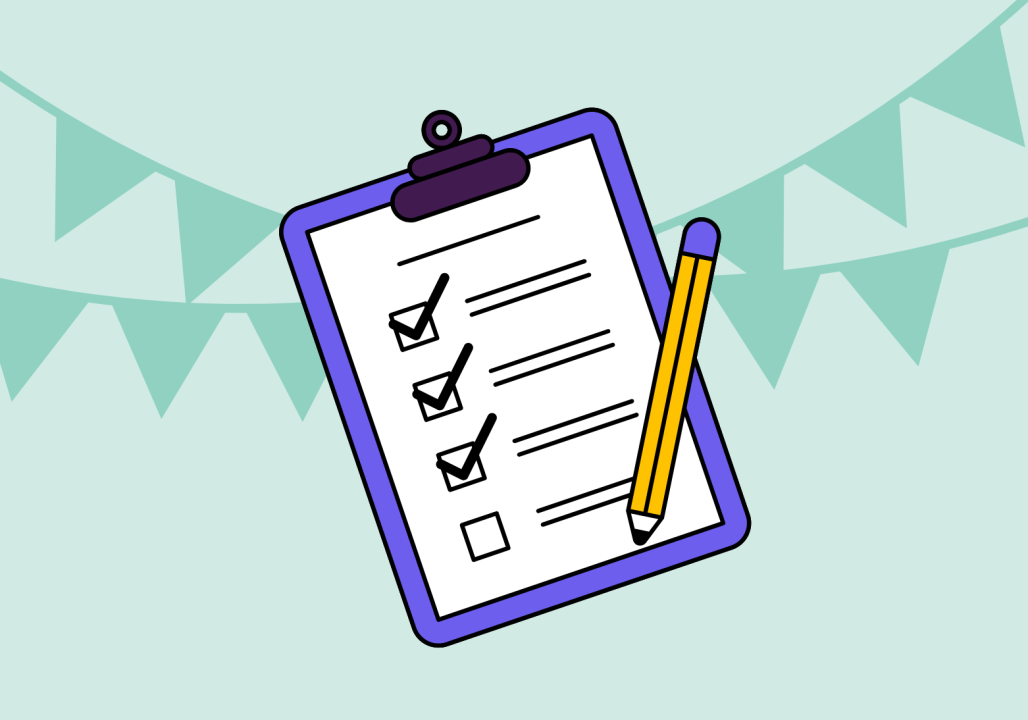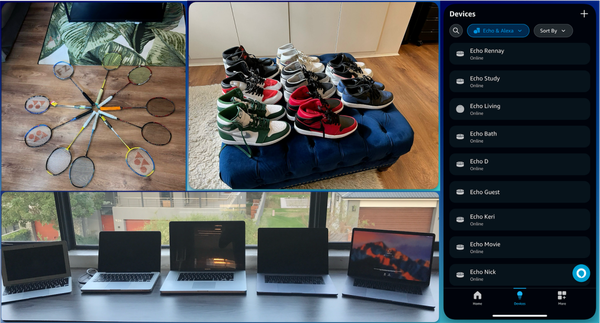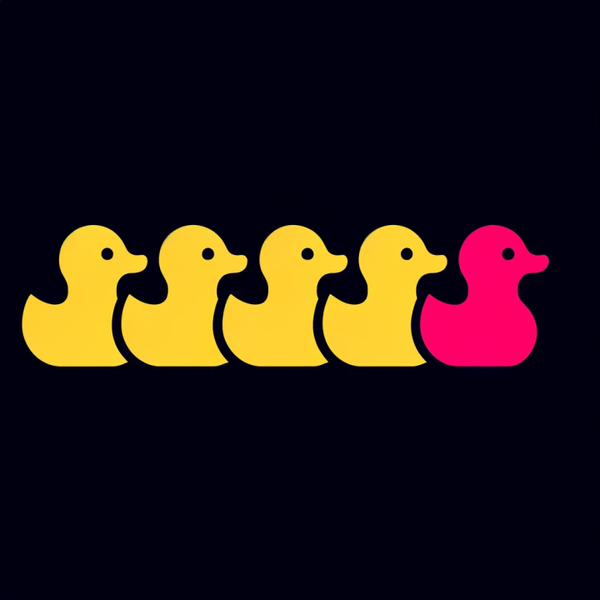Top 5 Pro Tips for Creating an Engaging Technical Presentation for a Non-Technical Audience

One of my key highlights of a presentation, from creation to delivery, is the instant my audience “gets it”. In much the same way that a standup comedian delivers the punchline, and there is laughter in response. This starts with the construction of a technical presentation, which may seem like quite an ordeal for many. Adding in a further parameter of a non-technical audience, and this makes the task seem even more impossible. There is also the potential anxiety in the back of your mind of having to stand up and delivering the presentation. This piece is for creators of technical presentations, who may have trouble putting together a structure or approach.
If you keep this advice in mind, as you create your outline, add in your content, and review, your next presentation should go much smoother. Over the last 10-15 years, I have created, reviewed, delivered and seen thousands of technical presentations. I have used the following tips with great success to create technical presentations, for non-technical audiences ranging from high-school students to senior executives.
Tip #1: Start with the Why
This may seem painfully obvious. However, it is probably the most overlooked aspect of most presentations.
It is vitally important that you spend at least a slide talking about the problem statement. What is the “thing” or “condition” that required the solution you’re going to talk about? All too often, the business requirement or driver, which triggered the request is lightly touched on or skipped altogether. The bigger the problem, the more fascinating the solution. For example: Why do we need Open Banking? Customers are demanding more innovative financial solutions and FinTechs are waiting for an opportunity to disrupt the market. Banks need a way to securely share customer data and work with third-party providers to stay relevant.
Identifying this early on centres both you and your audience of the reason for the presentation.
Tip #2: Know your audience
A vital input into the creation of your presentation is a clear understanding of who you will be presenting to.
It is highly unlikely that you would use the same content/approach when presenting to the CFO, who will approve the multi—million dollar proposal, for a roomful of high-school students, who are keen to pursue a career in IT. Although it might be the same message you want to convey - that you are an expert in your field, understanding your audience will allow you to tailor the message accordingly. For the CFO conversation, you will focus on cost reduction and future business agility. For the high-schoolers, you may want to showcase the success of tech startups. Different audience, different context.
As you add in each slide, ask yourself how it will benefit your audience.
Tip #3: Prepare your script
Keep in mind that you are essentially telling a story. What is the storyline?
Almost everyone knows the story of Goldilocks and the Three Bears. It starts with a hungry, little girl who breaks into the home of a family of bears while they’re away, ruins their furniture, eats their porridge and sleeps in their bed. Your technical presentation needs an outline. We started with the problem statement (Tip #1). It is likely that your presentation is about the solution or ways in which you can solve the problem. How did you get there? Take your audience on your journey to how you solved the problem. Grab and keep their attention by making it interesting. Highlight some of the “big challenges” you had to overcome.
Having a defined script is essential for timing. Rehearse and practice the script. As you do, you will discover that the session time is not enough to get through the 60 slides you created!
Tip #4: Use a metaphor
The secret ingredient of a great presentation is the use of a metaphor or analogy so your audience can identify what you are talking about.
As an example, suppose you’re talking about a workflow service, like Amazon Step Functions. First, frame the problem using a real-world scenario. As an example, every night when you tuck your five-year old into bed, you read a bedtime story. Problem is: you are fast running out of stories and you end up falling asleep before the kid! So, your idea is that you’re going to use Amazon Bedrock (GenAI) to create a story, then you’re going to use Amazon Polly to convert text to speech, then store that on Amazon S3 as an mp3 - which you can play to put the both of you to sleep. And you’re going to create that workflow using Amazon Step Functions!
As you will note from the above, this is an opportunity to inject some of your personality into the presentation. I often use humour - which helps to keep the mood of the session light and easy going.
Tip #5: Drive key outcomes, decisions and next steps
Much like the problem statement, this is often overlooked in many technical presentations. What do you want to get out of this presentation?
Odds are - you are presenting for a reason. Now that your audience is educated about your solution, you want them to do something. If it is a CFO who will approve your proposal - when can you start or what are the gaps you need to fill and when can you meet next? If it is high-school students, what can they do right now to learn more about technology. All too often, technical presentations end with a cliffhanger. Even if there are no action items for your audience, what is your roadmap?
The most exhibited emotion I have seen in the last 2-3 slides, is relief. The presenter sees the finish-line and makes a dash for it. However, this is one of the most important phases of the presentation. Leave your audience with something to take away.
Many technical people are not particularly fond of presentations. I have found that the process of creating (and delivering) presentations to explain deep technical concepts, especially to a non-technical audience, solidifies my understanding of those concepts. As the saying goes, the best way to learn is to teach.



